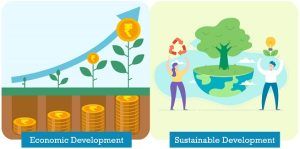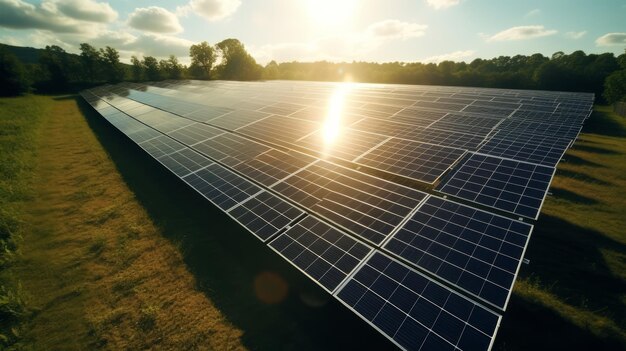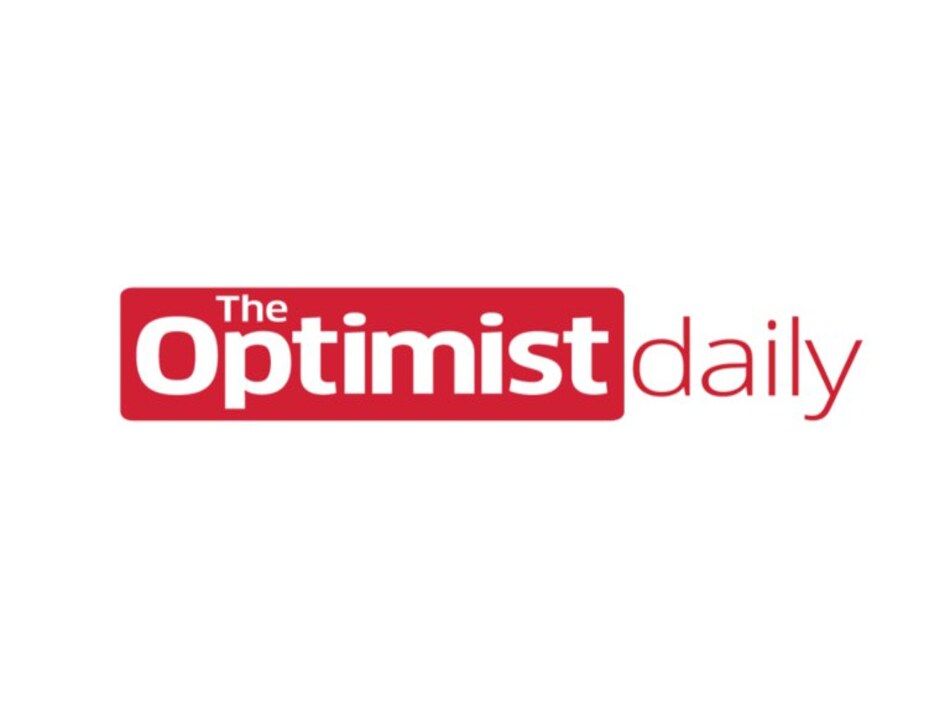
The Difference Between Sustainability and Green Economics: A Beginner’s Guide
In today’s world, terms like "sustainability" and "green economics" are constantly in the news, on product labels, and in policy discussions. While often used interchangeably, they represent distinct yet deeply interconnected concepts crucial for building a healthier planet and a more equitable society. If you’ve ever felt a little confused about what each term truly means, you’re not alone!
This article will break down the core definitions, principles, and goals of both sustainability and green economics, highlighting their differences and, importantly, how they work together to create a better future.
Understanding Sustainability: The Big Picture Goal
Let’s start with sustainability, which is arguably the broader and more foundational concept.
What is Sustainability?
At its heart, sustainability is about meeting the needs of the present without compromising the ability of future generations to meet their own needs. This widely accepted definition comes from the 1987 Brundtland Report, "Our Common Future."
Think of sustainability as a long-term vision or a grand balancing act. It’s not just about protecting the environment; it’s a holistic approach that considers three interconnected dimensions:
-
Environmental Sustainability:
- Focus: Protecting natural resources, ecosystems, and biodiversity.
- Goals:
- Reducing pollution (air, water, soil).
- Conserving natural habitats and wildlife.
- Managing resources (water, forests, minerals) responsibly so they don’t run out.
- Minimizing waste and promoting recycling.
- Tackling climate change by reducing greenhouse gas emissions.
- Example: Using renewable energy instead of fossil fuels, protecting rainforests, ensuring clean drinking water.
-
Social Sustainability:
- Focus: Ensuring human well-being, equity, and a just society.
- Goals:
- Promoting human rights and fair labor practices.
- Ensuring access to education, healthcare, and basic services for everyone.
- Reducing poverty and inequality.
- Fostering strong, inclusive communities.
- Upholding cultural diversity.
- Example: Fair wages, safe working conditions, community engagement programs, universal access to education.
-
Economic Sustainability:
- Focus: Creating long-term economic prosperity that benefits all, without depleting natural capital.
- Goals:
- Promoting responsible economic growth that doesn’t harm the environment.
- Creating stable and resilient economies.
- Encouraging innovation in sustainable technologies.
- Ensuring equitable distribution of wealth.
- Supporting local economies and ethical business practices.
- Example: Investing in green technologies, promoting local sustainable businesses, ensuring financial stability for future generations.
These three pillars are often visualized as an interlocking circle or a "triple bottom line" (People, Planet, Profit), emphasizing that true sustainability requires balance and progress in all three areas simultaneously. You can’t have a healthy economy on a dying planet, nor can you have a thriving society amidst widespread poverty.
Understanding Green Economics: The Economic Path to Sustainability
If sustainability is the ultimate destination, then green economics is one of the primary pathways—specifically, the economic pathway—to get there.
What is Green Economics?
Green economics is a field of economics that studies the relationship between human economies and the natural environment. It’s about designing economic systems, policies, and practices that support environmental well-being and social equity, rather than degrading them.
Traditional economics often treats environmental resources as "externalities" – things outside the core economic model, or resources that are free and infinite. Green economics challenges this, arguing that the environment is fundamental to our economy and must be valued and protected.
Core Principles and Goals of Green Economics:
Green economics seeks to transform our current economic models to:
- Value Natural Capital: Recognize that nature (forests, clean air, water, biodiversity) is a form of capital, just like financial or human capital, and needs to be invested in and protected.
- Internalize Externalities: Make the costs of environmental damage (like pollution or resource depletion) part of the price of goods and services. This encourages businesses and consumers to make greener choices.
- Simple Example: If a factory pollutes a river, green economics would argue that the cost of cleaning up that pollution should be borne by the factory, not by society at large.
- Promote Resource Efficiency: Encourage using fewer resources and generating less waste.
- Foster a Circular Economy: Move away from the traditional "take-make-dispose" model towards one where products are designed to be reused, repaired, and recycled, keeping resources in use for as long as possible.
- Invest in Green Technologies and Industries: Drive innovation and growth in sectors like renewable energy, sustainable agriculture, eco-friendly manufacturing, and waste management.
- Create Green Jobs: Develop new employment opportunities in environmentally friendly sectors.
- Implement Green Fiscal Policies: Use tools like taxes, subsidies, and incentives to encourage sustainable behaviors and discourage environmentally damaging ones.
Examples of Green Economics in Action:
- Carbon Taxes: Taxing activities that produce carbon emissions to make them more expensive, encouraging cleaner alternatives.
- Subsidies for Renewable Energy: Government support to make solar, wind, and other green energy sources more competitive.
- Eco-labeling: Certifying products that meet specific environmental standards, helping consumers make informed choices.
- Green Bonds: Financial instruments specifically designed to raise money for environmentally friendly projects.
- Regulations on Pollution: Laws that limit the amount of pollutants businesses can release.
- Investment in Public Transportation: Reducing reliance on individual cars, which lessens emissions.
The Core Differences: Sustainability vs. Green Economics
Now that we’ve defined both, let’s clearly lay out their distinctions:
| Feature | Sustainability | Green Economics |
|---|---|---|
| Scope | Broad & Holistic: Encompasses environmental, social, and economic well-being. A complete societal goal. | Specific & Economic: Focuses on the economic system and its interaction with the environment. A tool or approach within the economic sphere. |
| Focus | Overall Well-being: Aims for a balanced state where current needs are met without compromising future generations. | Economic Transformation: Seeks to re-engineer economic systems to be environmentally sound and socially equitable. |
| Primary Goal | Long-term Resilience: Ensuring the planet and society can thrive indefinitely. | Valuing Nature & Efficiency: Making economic growth compatible with environmental protection, often by assigning monetary value to natural resources and services. |
| Tools/Methods | Diverse: Includes policy, lifestyle changes, technological innovation, social movements, ethical consumption, and economic reforms. | Economic Tools: Primarily uses market mechanisms, fiscal policies (taxes, subsidies), regulations, investments, and business models. |
| Perspective | The "What" & "Why": The desired end-state and the moral imperative. | The "How" (Economically): The practical means by which economic activity can support sustainability. |
| Analogy | The Destination: A healthy, balanced, and thriving future for all. | One of the Main Vehicles: The economic system redesigned to get us to that destination. |
How They Work Together: A Symbiotic Relationship
It’s crucial to understand that sustainability and green economics are not opposing forces; they are complementary and interdependent. Green economics is a vital component and tool for achieving broader sustainability goals.
- Green economics provides the framework and mechanisms to operationalize sustainability within the economic sphere. Without economic incentives, policies, and investments, many environmental and social sustainability goals would be much harder to achieve.
- Sustainability provides the overarching vision and moral compass for green economics. Green economics isn’t just about making money from green products; it’s about doing so in a way that contributes to the holistic well-being envisioned by sustainability.
Examples of their Synergy:
- Renewable Energy Transition: This is a cornerstone of environmental sustainability (reducing emissions). Green economics provides the policies (subsidies, carbon pricing), investments (green bonds), and market creation (green jobs) to make this transition economically viable and attractive.
- Circular Economy Initiatives: The idea of keeping resources in use (sustainability goal) is implemented through green economic models like product-as-a-service, robust recycling industries, and designing for disassembly.
- Sustainable Agriculture: This encompasses environmental sustainability (soil health, water conservation) and social sustainability (fair farmer livelihoods). Green economics can support this through subsidies for organic farming, markets for local produce, and fair trade certifications.
- Corporate Social Responsibility (CSR): Companies adopting CSR principles are working towards sustainability (e.g., reducing their environmental footprint, ensuring fair labor). This often involves green economic practices within their operations.
Conclusion: Working Towards a Resilient Future
In summary, sustainability is the overarching goal: a balanced, long-term state of human and planetary well-being across environmental, social, and economic dimensions. It’s the "what" and the "why."
Green economics is a powerful and essential subset of this vision, focusing on how our economic systems can be restructured and managed to achieve those sustainability goals. It’s a critical "how."
Understanding this distinction helps us appreciate the complexity of the challenges we face and the diverse set of tools required to overcome them. Both concepts are vital, and by working in tandem, they offer the best path forward to a truly resilient, equitable, and thriving future for everyone.



Post Comment